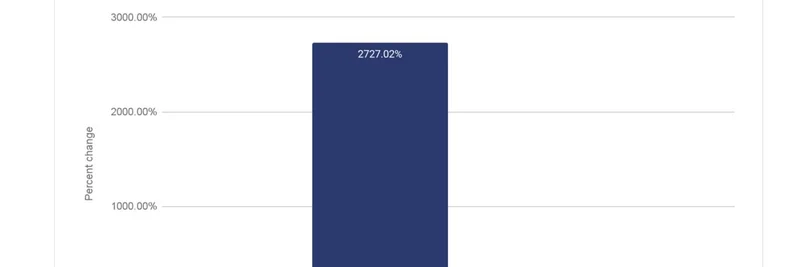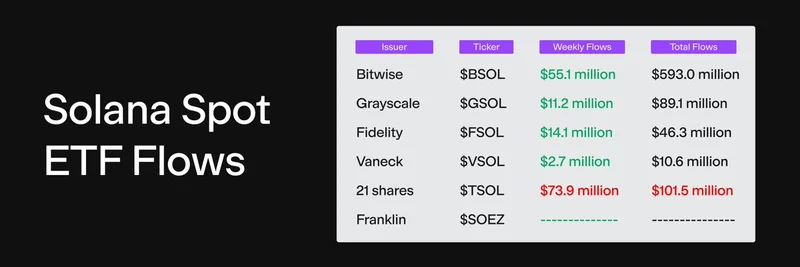In the fast-paced world of cryptocurrency, stablecoins play a crucial role as the reliable anchors amid the volatility—especially for traders diving into meme tokens. Recently, a tweet from Patrick Hansen, Senior Director of EU Strategy & Policy at Circle, highlighted a staggering statistic: EURC trading volume has skyrocketed by 2,727% in the first year of MiCA implementation. For those new to the term, MiCA stands for Markets in Crypto-Assets, the EU's comprehensive regulatory framework designed to bring clarity and safety to the crypto market.
Hansen's post, shared on X (formerly Twitter), questions whether this regulation will spark robust growth for euro-backed stablecoins. While the base volume remains modest, the early indicators are promising, showing real momentum. The accompanying chart from Chainalysis visually captures this surge, comparing EURC's growth to USDC's more modest 86.16% increase over the same period from July 2024 to June 2025.
Understanding MiCA's Role in Stablecoin Growth
MiCA, which went into effect in 2024, sets strict standards for stablecoin issuers, including reserve requirements and transparency rules. This has made compliant stablecoins like EURC (Circle's euro-pegged token) and USDC (its dollar-pegged counterpart) more attractive to European users and institutions. The regulation aims to protect consumers while fostering innovation, potentially paving the way for wider adoption.
The explosive growth in EURC trading suggests that MiCA is encouraging more euro-denominated transactions in crypto. For blockchain practitioners, this means easier on-ramps for fiat-to-crypto conversions without the currency exchange headaches. But why such a dramatic spike? It could be due to increased confidence from regulatory backing, making EURC a go-to for hedging against volatility—something meme token traders know all too well.
How This Ties into Meme Tokens
At Meme Insider, we focus on the wild world of meme tokens, where community-driven hype meets blockchain tech. Stablecoins like EURC are the unsung heroes here, providing liquidity for trading pairs on decentralized exchanges (DEXs). With more euros flowing into compliant stablecoins, we might see a boom in EUR-based meme token markets, especially in Europe.
Imagine launching a meme token project with seamless euro integrations—lower fees, faster settlements, and regulatory peace of mind. This growth could attract more retail investors from the EU, who might prefer sticking to their native currency rather than converting to USD. However, as Hansen notes, the base is small, so sustained growth will depend on broader market adoption and perhaps even macroeconomic factors like euro strength.
Community Reactions and Future Outlook
The tweet sparked various responses on X. Some users, like @IScirlet, attribute the growth less to MiCA and more to a weakening dollar. Others express skepticism about the EU's regulatory approach, viewing it as overly controlling. One reply from @smartcattract called it "compliance-driven" rather than true innovation, while @TheOldGamer2022 praised EURC as their preferred stablecoin amid USD concerns.
Looking ahead, if MiCA continues to build trust, euro stablecoins could challenge USD dominance in crypto. For meme token enthusiasts, this diversification might open new opportunities, such as cross-border communities and localized trading strategies. Keep an eye on tools like Chainalysis reports for deeper insights into these trends.
As the crypto landscape evolves, staying informed on regulations like MiCA is key to navigating the meme token space effectively. What do you think—will euro stablecoins become the new standard? Share your thoughts in the comments below!


